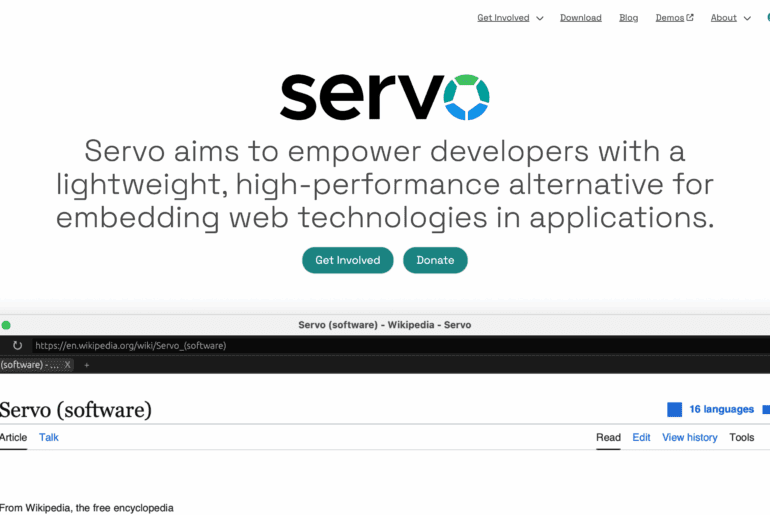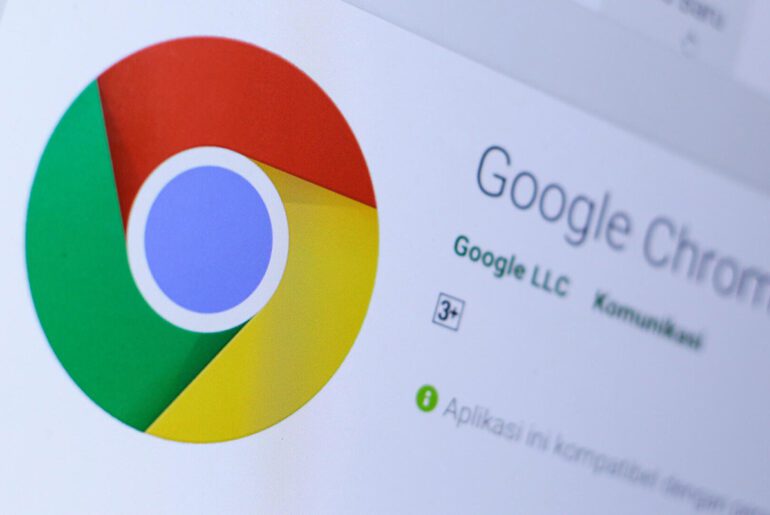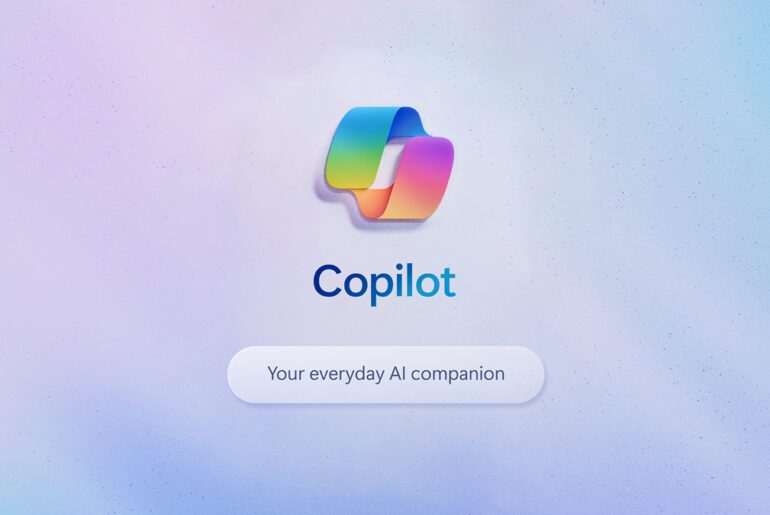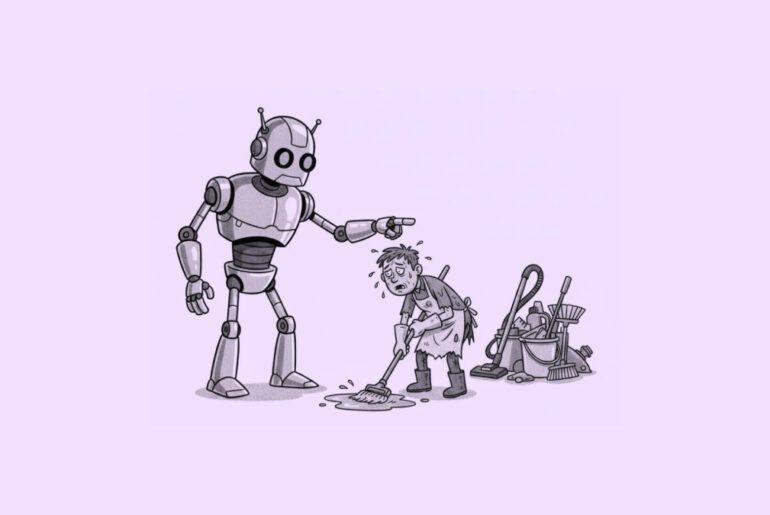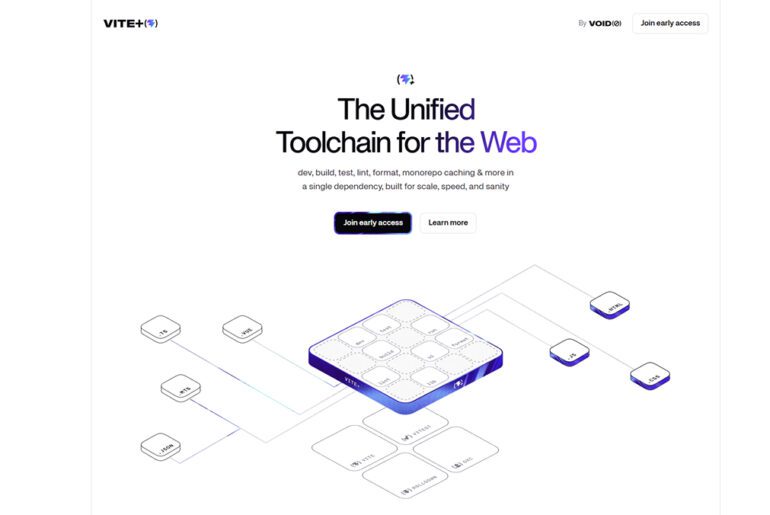You know what? Saying goodbye to an operating system can feel oddly personal. Windows 10 sat on our desks for a full decade, through all-hands calls, late-night builds, indie games, and those “just one more driver update” moments. And now the clock’s ticking: Windows 10 reaches end of support on October 14, 2025. After that, Microsoft stops sending security fixes and bug patches for the mainstream editions. Your PC will still boot. But the safety net goes away.
Let me explain why this moment lands with a thud. Windows 10 wasn’t just a version bump; it was a vibe reset. Microsoft brought back the Start menu, shifted to predictable updates, and—quietly but massively—introduced the Windows Subsystem for Linux. Developers got a convenient bridge. Gamers got better graphics pipelines. Admins got a more consistent servicing model. That mix, plus timing, helped it last.
A timeline that tells a story
A decade sounds tidy, but the calendar shows the work. Microsoft unveiled Windows 10 in September 2014 and posted the first Technical Preview on October 1, 2014, which many of us installed on a spare machine (or a brave main rig). General availability arrived on July 29, 2015. That’s the day most of the world met it.
Fast-forward: the last feature build of Windows 10 is 22H2, released in October 2022. Microsoft confirmed 22H2 would be the final version, supported with monthly security updates until October 14, 2025.
What “end of support” really means:
No more monthly security updates. No more bug fix rollups. No Microsoft support when something breaks in a weird, Friday-afternoon sort of way. The OS will still run, but over time, risk creeps in: unpatched vulnerabilities, compatibility friction, and gradually fewer vendors testing new releases against Windows 10. That might be fine for an offline kiosk. It’s not fine for a laptop that sees public Wi-Fi, sensitive client files, or production SSH keys.
Windows 10’s last lap was bigger than you think
Even this year, Windows 10 remained a huge slice of active PCs—tens or even hundreds of millions. StatCounter’s September 2025 snapshot shows Windows 11 slightly ahead worldwide, but Windows 10 still holding a large share. Translation: many teams are still mid-migration, and plenty of households are too.
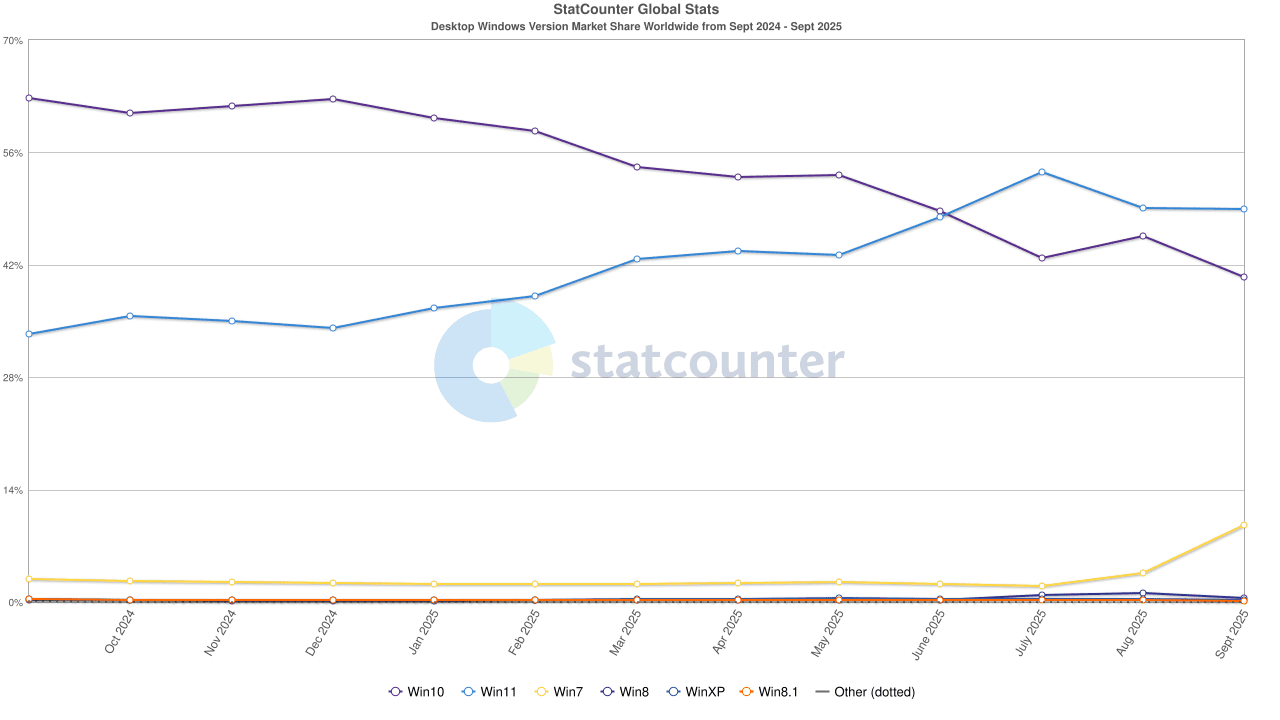
That’s part of why this goodbye feels different. Lots of us built habits around Windows 10. We tuned Group Policy, crafted task sequences, and filed bugs that turned into KBs. Some of us even grew attached to the font smoothing. (Yes, really.)
ESU: a small bridge across a big gap
There is a safety line—short, but useful. Microsoft offers Extended Security Updates (ESU) for consumers and organizations. For home users, ESU covers one extra year of critical and important security updates (through October 13, 2026) if you enroll a Windows 10 22H2 device. You’ll need a Microsoft account on the device, and Microsoft offers three ways to enroll:
- Free if you’re backing up PC settings with Windows Backup
- Redeem 1,000 Microsoft Rewards points
- One-time $30 USD purchase (local currency equivalent)
You can use the same ESU license on up to ten devices tied to that account. Enrollment appears in Settings → Update & Security → Windows Update as Microsoft rolls it out. Clear, simple, and yes—very much aimed at buying time.
For business and education, there’s a commercial ESU program with up to three years of updates sold annually. It’s meant as a short runway while you finish Windows 11 migrations or decommission older fleets. Microsoft’s guidance couldn’t be plainer: ESU is a bridge, not a new home.
If your PC can’t run Windows 11
Plenty of Windows 10 hardware lacks TPM 2.0 or a supported CPU.
Here are paths that won’t wreck your week:
- Enroll in consumer ESU for the extra year. That buys time for a measured plan rather than a panic buy.
- Stay on Windows 10—but reduce attack surface. Strip admin rights, enable a modern browser with updates, keep reputable AV running, and isolate risky tasks. This isn’t forever; it’s a stopgap.
- Consider a Linux dual-boot or switch for specific roles. For devs using WSL on Windows 10, a modern Linux distro may scratch the itch while you plan hardware refresh.
- Leverage VMs or Cloud PCs if you need older apps but want a supported host OS. Microsoft even notes ESU is available at no extra cost for certain Microsoft-hosted Windows 10 VMs.
Admin corner: a migration playbook you can actually finish
If you manage fleets, the last mile is where migrations die. Keep it boring, keep it predictable.
- Inventory everything
Pull a clean hardware and app inventory. Tag machines by upgrade eligibility, warranty status, and user criticality. Keep the list visible—Kanban works well here. - Segment app risk
Bucket apps: green (Windows 11 verified), yellow (needs quick smoke test), red (hard blockers). For red apps, decide: vendor upgrade, shim, virtualization, or replacement. Don’t guess—timebox each option. - Pilot with purpose
Pick pilot groups that mirror reality: finance, design, sales, lab techs. Test laptops, docks, external displays, VPN, SSO, Wi-Fi at home, peripherals in meeting rooms. Collect friction points, fix, repeat. - Use feature-complete images
Lay down Windows 11 with current cumulative updates and drivers baked in. Keep post-install scripts short. The more steps after first boot, the more ways a rollout can hiccup. - Control the narrative
People worry about change. Give them a two-page quick start and a five-minute video. Promise a real support desk during the first week. And mean it.
About LTSC
If you’re running Windows 10 Enterprise LTSC, your dates are different. LTSC 2019 carries extended support into January 2029. LTSC 2021 is supported through January 2027 (IoT LTSC 2021 runs much longer). In other words: you may still have runway if you’re on those channels, but they’re not a reason to stall a broader move.
Side quest: Office 2016 and 2019 bow out too
Mark the same day. Office 2016 and Office 2019 hit end of support on October 14, 2025, with no extended security updates from Microsoft. The apps will still launch, but you won’t get security fixes. If your org still runs those suites, plan a move to Microsoft 365 Apps or Office 2021/LTSC depending on your needs.
The little things we’ll remember
Windows 10 had range. It ran on creaky laptops and maxed-out gaming rigs. It bridged Win32 and UWP, then folded in WSL so devs could run apt and npm without a sidecar. It withstood long commutes, bad hotel Wi-Fi, and an unforgettable leap to remote work. And yes, it taught us to schedule reboots like adults.
There were snags. Update cadence changes confused some users. Telemetry debates never really cooled off. And a few times, a cumulative update felt… ambitious. But over ten years, Windows 10 did what great infrastructure does: it faded into the background while people got stuff done.
A short, real-world checklist
- Check your edition and version. If you’re not on 22H2, get there now—it’s required for consumer ESU.
- Decide your path: upgrade to Windows 11, enroll in ESU, or replace the device. Don’t linger in “maybe.”
- Back up first. Use File History, OneDrive, or your tool of choice. Test a restore.
- Test your core apps on Windows 11. Pilot with real users, not just a lab VM.
- If staying on 10 for a bit, harden it. Standard users, modern browser, reputable AV, and a plan to move off within the ESU window.
- Tell people what’s changing. A clear FAQ beats hallway folklore every time.
If you like market share charts, don’t read too much into single-month swings—September’s snapshot can differ from July’s. Windows 10 still represents a massive installed base; Windows 11 has the momentum. Either way, the security calendar doesn’t care about feelings. October 14, 2025 is the line for mainstream support, and that’s the date you plan around.
Ten years together
I’ll miss the familiar rhythm: patch Tuesday checklists, that Start menu muscle memory, and the feeling that this OS could run on almost anything you tossed at it. But goodbyes create space. Windows 11 is steady now, with hardware security baked in and a cleaner update model. And if you need a little more time, ESU gives you a year to breathe while you finish moving.
So—goodbye, Windows 10. Thanks for the decade. You carried our work, our games, our side projects, and a thousand Slack pings we swore we’d mute next time. When next week rolls around, raise a coffee mug. Then ship your plan.





